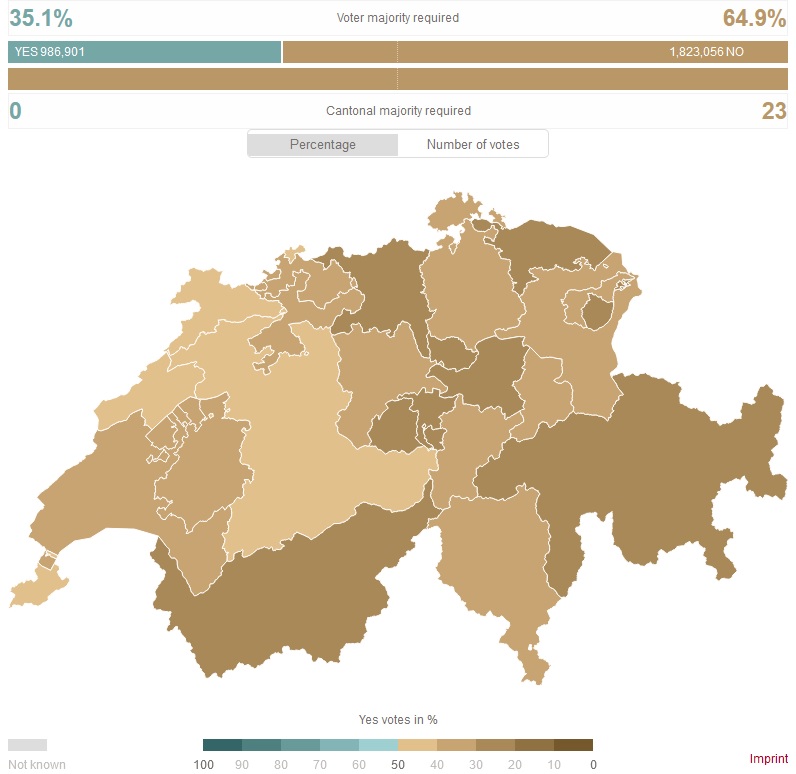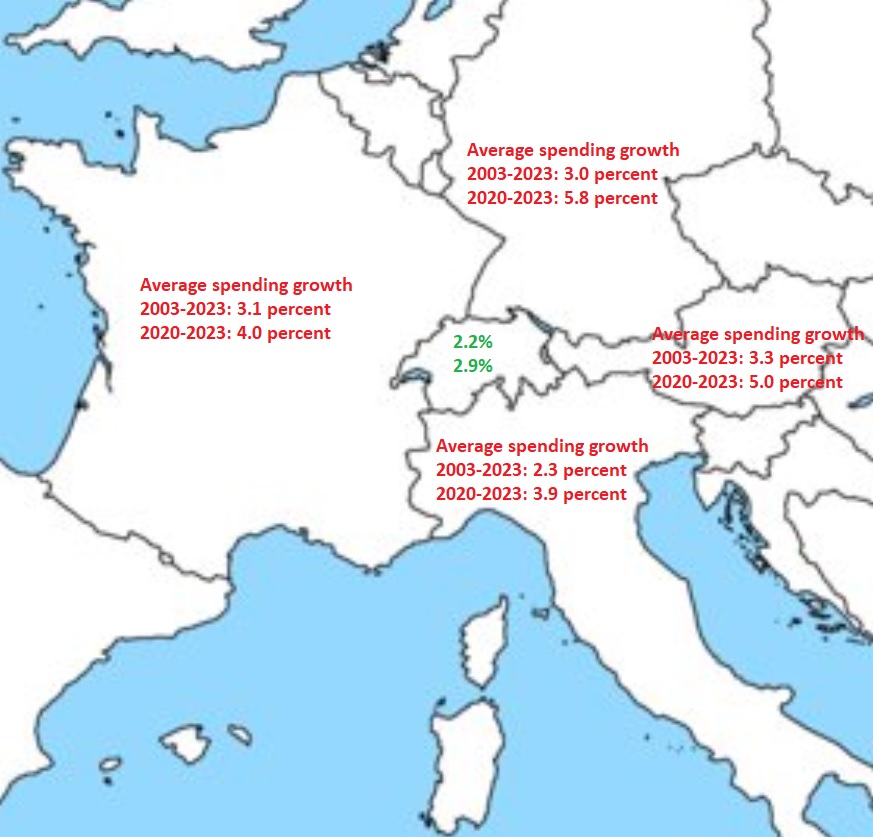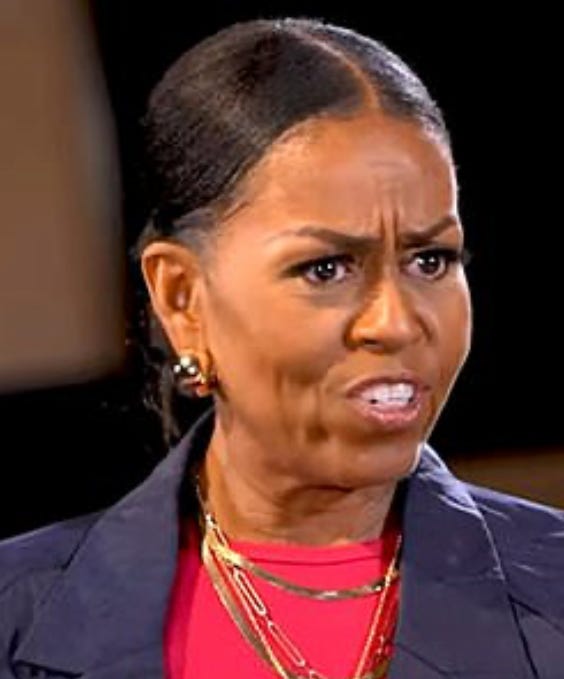By Paul Driessen, Tags, Spain’s Impossible Dream of ‘Green’ Electricity, Reexamining the Obama Era Endangerment Finding, My Paul Driessen File
Prologue: New
York City generates nearly eight million tons of waste annually. But
what starts in NYC doesn’t stay in NYC. The trash now gets exported to
landfills and incinerators in New Jersey, Upstate New York,
Pennsylvania, and even Virginia, Ohio and South Carolina!
A
far more responsible, ecological and energy-wise solution would be to
copy Fairfax County, Virginia’s waste-to-energy electricity generation
and resource recovery facility. Doing so would turn that trash into
reliable, affordable electricity, while recovering iron, copper,
aluminum and other metals … and utilizing most of the remaining ash for
building roads and manufacturing construction materials.
I
hope you enjoy reading my article and thank you for posting it, quoting
from it, sharing it with friends and colleagues – and helping to
improve America’s trash handling and electricity generation policies. Waste-to-Energy reduces land filling, increases recycling, powers society and avoids blackouts
After years of opposing them, but facing constituents increasingly angry about rising electricity prices, New York Governor Kathy Hochul recently gave grudging support for two new Williams Companies natural gas pipelines.
Assuming they clear new hurdles, the Constitution Pipeline will transport gas 100+ miles from northeastern Pennsylvania fracking fields toward Albany. The 23-mile Northeast Supply Enhancement Pipeline
will connect New York to the New Jersey segment of the Transco
Pipeline, America’s largest-volume natural gas pipeline system, and
carry enough gas to heat 2.3 million homes.
Hochul, other state Democrats and environmental activists have long
stymied the projects, using exaggerated and fabricated water quality and climate change arguments – and fanciful expectations that
heavily subsidized
solar panels and onshore and offshore wind turbines can provide enough
affordable electricity, enough of the time, to meet steadily increasing
New York City and State power demands.
In exchange, the Trump Administration will let them continue installing gigantic offshore wind turbines
that will generate 9,000 MW of electricity (less than one-third of what
the state needs on hot summer days) perhaps 30-40% of the year … and be
supported by fire-prone grid-scale batteries that would provide statewide backup power for about 45 minutes.
New
gas turbines would help avoid blackouts, ensure that poor families
freeze less often in winter and swelter less in summer, and help the
state meet power needs that are soaring because of data centers,
artificial intelligence, and legislatively mandated conversions from
gasoline and gas to electric vehicles, stoves, and home and water
heating.
They could also help reduce the need to import electricity from Canada and other states: some 36,000 gigawatt-hours (11% of statewide electricity) annually.
But legislators want to put another hurdle in the way. New legislation
would force homes and businesses to pay $10,000 or more to connect to
natural gas lines. If Gov. Hochul signs the bill, or the legislature
overrides a veto, few or no new customers would take advantage of the
new gas.
It’s a kill switch, reflecting the state’s determination to impose “climate leadership” and “protect communities” from alleged dangers from fossil fuels.
It’s also hypocritical and irresponsible. New York doesn’t just import electricity; it also exports garbage.
New York City generates nearly eight million tons of waste annually.
Its last municipal incinerator closed in 1990; its last municipal
landfill in 2001. City trash is now mostly sent on barges, trucks and
trains to landfills (80%) and incinerators (20%) in New Jersey, Upstate
New York, Pennsylvania, and even Virginia, Ohio and South Carolina! NY
State exports 30% of its garbage.
The
city and state could address both garbage and electricity challenges by
using natural gas to power waste-to-energy (WTE) generating plants that
burn trash, thereby reducing the need to landfill or export garbage,
while increasing recycling, producing reliable, affordable, much-needed
electricity, and reducing blackout risks that are climbing every year.
In Fairfax County, Virginia, a WTE or resource recovery facility operated by Reworld Waste
burns home, business, industrial and other garbage that doesn’t go
straight into recycling programs and would typically be landfilled,
including myriad extraneous plastics. The trash is dumped in a receiving
area, sorted for unacceptable materials like rocks, mixed thoroughly,
and burned with natural gas in a chamber at 2000 degrees F for up to two
hours, until it’s totally combusted to ash.
The
heat converts water to steam, which is super-heated in tubes to drive
turbines that generate electricity: 80 megawatts 24/7, enough for about
52,000 homes. Depending on its composition, a ton of waste generates
550-700 kilowatt-hours of electricity.
Since
opening in 1990, the plant’s trash has replaced the equivalent of
burning 2,000,000 barrels of oil for electricity every year.
Glass
from lightbulbs and other nonrecyclable sources becomes part of the ash
stream, from which ferrous and nonferrous metals are recovered. Most of
the remaining ash is used as a substitute for sand and aggregates in
road and building construction, cement and cinder block production, and
manufacturing other building materials.
Unsold
ash is landfilled but, by the time the metals are removed, only about
10% of the original trash bulk and 25% of its original weight is left.
Even
staples, paper clips, bottle caps, metal light bulb bases, aluminum
foil, and wires from spiral notebooks and furnace filters can be
“recycled” this way. In fact, enough iron, steel, aluminum, copper and
other metals are recovered from the resultant ash at the Fairfax
facility to build 20,000 automobiles annually.
However,
plastic-metal-glass waste (computers, monitors, keyboards, printers,
microwaves), broken pots and pans, household appliances and other larger
refuse should go to special “white goods” and metal recycling centers.
Lime
neutralizes acids in the airstream, activated carbon controls heavy
metals, and fabric filter bags remove particulates, keeping air
emissions below EPA standards. The scrubber waste (fly ash) is then
dewatered and chemically stabilized, before being landfilled or used in
construction materials.
Process
steam condenses back into water and is reused. Water from the wastes
and scrubbers is recovered, treated and used to cool the facility and
equipment.
Two
other trash-to-energy facilities serve the Washington, DC area; 75
across the USA generate over 2,500 MW of electricity. However, more WTE
plants could help solve garbage, energy, landfill and pollution problems
in metropolitan areas across the country (and worldwide), including:
* Philadelphia, PA – 1,300,000 tons per year of municipal solid waste (MSW), but only one WTE;
* Chicago, IL – 3,100,000 tpy, but just one WTE plant (other proposed facilities were rejected);
* Houston, TX – 4,200,000 tpy, with one WTE facility;
* Phoenix, AZ – 1,000,000 tpy, and one WTE facility;
* Los Angeles, CA – 4,000,000 tpy, but again only one WTE facility.
New
York and other jurisdictions that have rejected natural gas and
waste-to-energy/resource-recovery facilities are missing enormous
opportunities to address challenges that will only become worse. They’re
also dumping their own local responsibilities into their neighbors’
backyards.
These
facilities ensure secure, affordable electricity generation close by,
without the need for expensive backup power and multi-hundred-mile
transmission lines to part-time wind and solar power.
They
utilize fuels that America still has in abundance: gas and trash. And
they reduce the need for resources that are in increasingly short
supply: landfill space, cropland and wildlife habitats impacted, and
bird, bat and other wildlife lost due to wind, solar and transmission
installations.
From my perch, these clear and significant benefits clearly offset the cost and subsidy concerns that some have raised about WTE facilities.
Metro
areas and states should apply pragmatism, reality and these benefits
when reconsidering climate and “renewable” energy ideologies that have
dominated public policies for far too long.
Paul Driessen is senior policy advisor for the Committee For A Constructive Tomorrow (www.CFACT.org) and author of books and articles on energy, climate change, environmental protection and human rights.
Epilogue: My Take - Here's a bit more on this issue of energy production. Four fifths of New York's energy is imported, and from traditional energy production sources from outside the state, if they're true believers in the "Net Zero" insanity, that should end. But it won't!
It's amazing how the price of energy is a reality that overwhelms ideology. After giving in to green activists they closed nuclear plants, and now Governor Hochul has ordered the New York Power Authority to develop and construct
a zero-emission advanced nuclear power plant in upstate New York ..... and it will only take 15 years. If you're in your seventies it's unlikely you will see the benefits of that endeavor.
The price of alternative energy is going to grow, right along with the maintenance costs, compounded by alternative energy's lack of reliability, it's just a matter of time before all this "net zero" virtue signally ends and they start using natural gas in traditional power plants, and who knows, maybe even coal in the near future. RK


.png)










